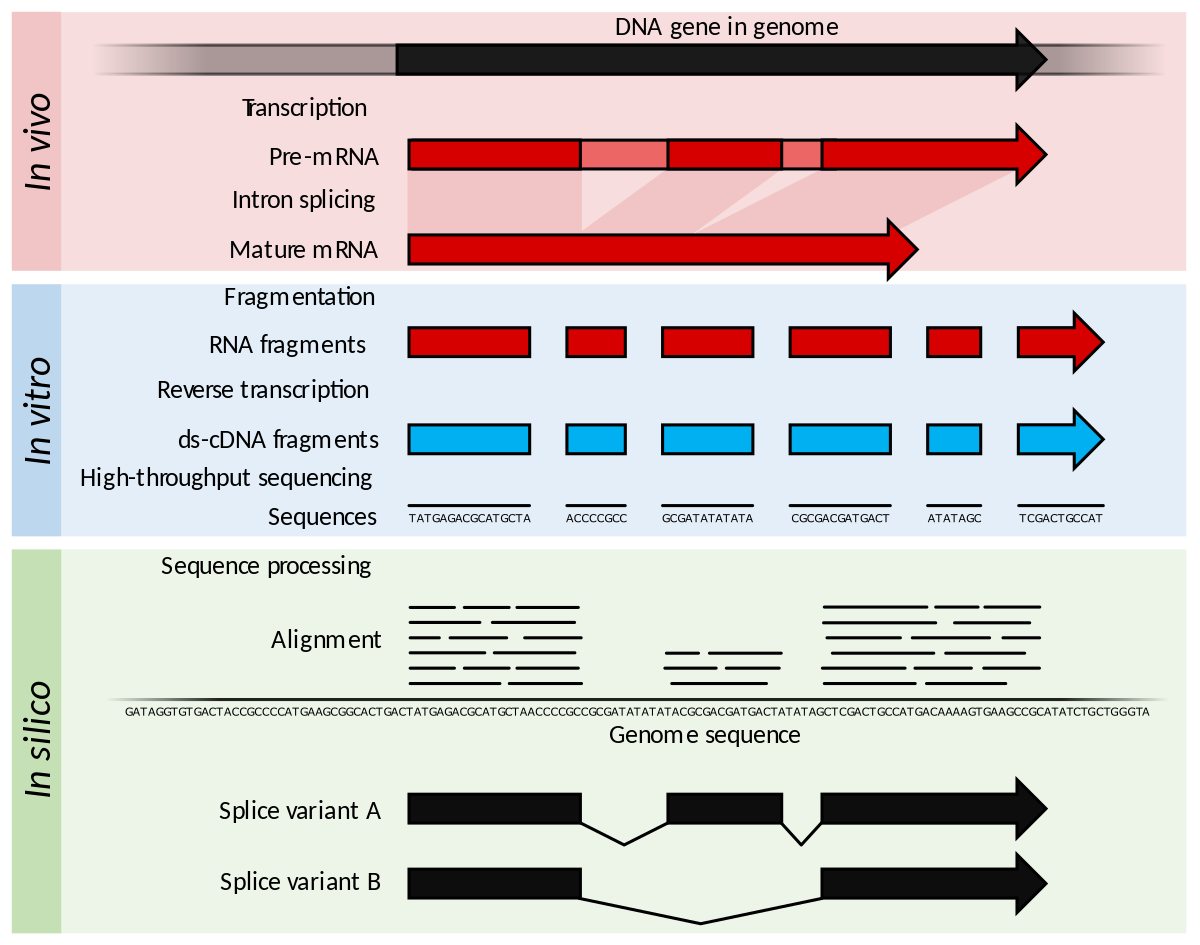Hi all,
I'm trying to find some novel transcripts and estimate their abundances using RNA-seq data (Illumina GA II, 76bp, paird-end). I have tried tophat+cufflinks, but no interesting novel transcript was found, so now I want to try the de novo assemblers. I have learned there are Trans-ABySS, Trinity.....but not sure how well they work or whether they are suitable for my data.
Is there any suggestions for the software I shall use or any comments?
Many thanks
I'm trying to find some novel transcripts and estimate their abundances using RNA-seq data (Illumina GA II, 76bp, paird-end). I have tried tophat+cufflinks, but no interesting novel transcript was found, so now I want to try the de novo assemblers. I have learned there are Trans-ABySS, Trinity.....but not sure how well they work or whether they are suitable for my data.
Is there any suggestions for the software I shall use or any comments?
Many thanks

Comment